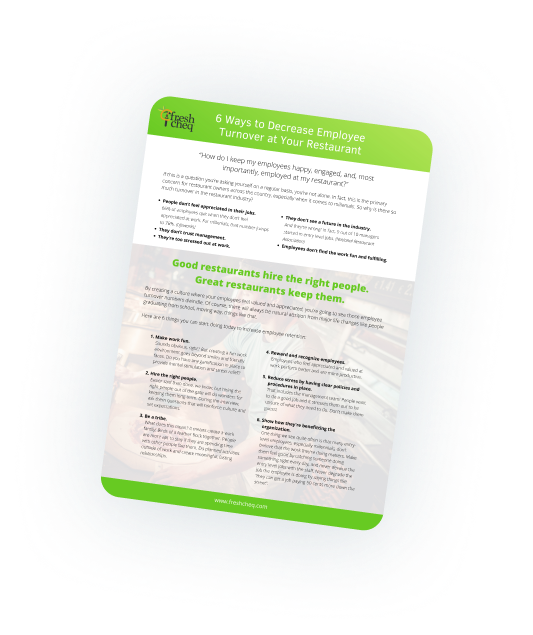Introduction
COVID-19 has left its mark on history. In the beginning of the pandemic, society was comparing this outbreak to that of the 1918 Spanish Influenza Pandemic. Everyone was terrified and uncertain about the future. Now that the dust has settled, the scientific community has released a set of guidelines that are recommended for everyone to adhere to. However, those pertaining to nursing homes, also referred to as care centers, differ slightly than the rest of the population.
The individuals living in those facilities are oftentimes frail, ill, and mentally and or physically incapable of independent living. They rely on the nurses and other staff members to be their sole caretakers. In order to ensure a safe quality of life for their residents, the employees of these care centers must establish a high standard of cleanliness.
Erika Kramer, a Senior Living Engagement Advisor for Martin Bros. Distributing, was able to guide me through the specifics of these standards and how they have changed due to the pandemic. Below is a detailed look into the CMS-based regulations post-COVID-19.
A Shift in Focus
Following the outbreak of COVID-19, CMS (Centers for Medicare & Medicaid Services) released a memorandum that outlined specific regulations pertaining to limiting the exposure of COVID-19 and other infectious illnesses.
Care centers are now required to perform on-site surveys within 30 days of the memorandum issued on June 1st with previous COVID-19 outbreaks. These outbreaks can be defined as cumulative confirmed cases totaling 10% or greater, confirmed suspected cases totaling 20% or greater of their population or ten or more deaths reported due to COVID-19.
There is also a separate category for nursing homes that have identified 3 or more cases of COVID-19 or at least 1 new case of COVID-19 in a previously COVID-19 free facility to undergo an on-site survey within 3-5 days of identification.
Failure to complete these surveys could result in a 5% forfeiture of their CARE Act allocation. The CARES Act distributes aid or relief, so a 5% forfeiture of that allocation can be costly to a care center.
A shift in focus for the CMS came on March 4, 2020, with an emphasis placed on infection control like there never had been before. Much of the CARES Act allocation is tied to the control of infectious diseases such as COVID-19.
The surveys are centered on infection control and states that have not completed their Infection Control surveys by July 31, 2020, a corrective action plan is to be submitted to their CMS location outlining a strategy on how they are to complete the surveys within 30 days.
If care centers still have not complied and completed 100% of their surveys, their CARES Act allocation for 2021 may be reduced up to 10%. These funds then may be redistributed to those states that met the deadline of July 31st.
Basically, if these nursing homes do not comply with the CMS requirements, they will have their funds taken from them and given to states that have completed all of their required nursing home surveys.
Prior to COVID-19, care centers underwent yearly surveys -- these are essentially health inspections.
A surveyor from the state enters the care center and ensures that all of the health code rules and regulations are being followed and that if there are any fines, that they are resolved in a timely manner. Similar to restaurants, care centers are scored based on their adherence to the state regulations.
An alphabetical system, starting with A and ending with K, is given to quantify their adherence. A facility that receives an A, B, or C scoring is considered good. Whereas a D or E falls in the middle range, and the F - K is considered the danger zone.
Typically, facilities with these scores are considered at risk and receive an additional survey each year. Penalties for fines were a few thousand dollars or, if it was a first-time offense, a warning would be noted.
What's Happening Now
Following the COVID-19 outbreak, there came an enhanced enforcement for infection control deficiencies. Even though this was already an ongoing compliance concern, the outbreak of COVID-19 only highlighted the necessity that nursing home staff adhere to the established health and safety regulations.
CMS’s goal is to expand the enforcement of these regulations such as proper hand-washing and use of personal protective equipment such as masks or facial shields. In accordance with the enhanced enforcement of these regulations, CMS also issued a Directed Plans of Correction, including the implementation of Root Cause Analysis to help facilitate more permanent systemic changes within care facilities that lead to lasting compliance.
Non-compliance with these regulations can lead to penalties upwards of $20,000 depending on the deficiency.
Despite the increase in these rules and regulations for care facilities, there has been a sharp decline in many of the common seasonal illnesses such as influenza.
Even though these individuals have been confined to their rooms and have lived in isolation since mid-March, this is the healthiest, at least physically, that they have been in years.
So although the outbreak of COVID-19 has applied much unwanted pressure and stress on the administration and staff of these care centers, it has done some good -- keeping the patients healthy and most importantly, safe.



